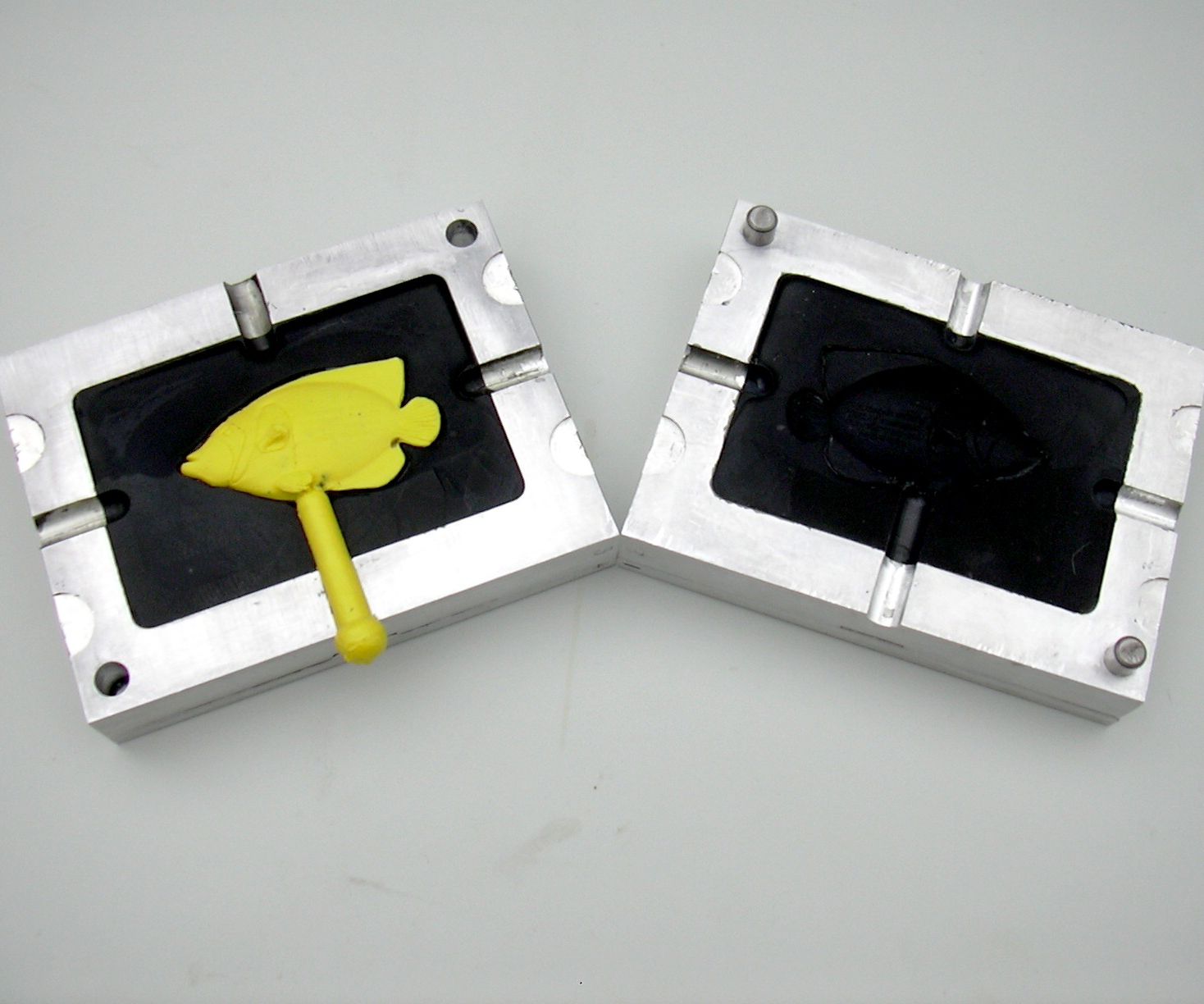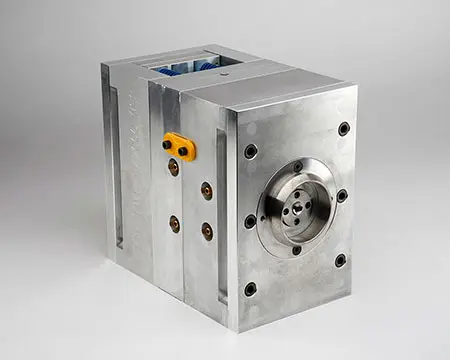Understanding the Basics of Plastic Shot Molding Procedures
Plastic injection molding works as a foundation of modern-day manufacturing, offering a methodical strategy to producing complex elements with accuracy. This procedure not just incorporates the fundamental steps of melting and injecting materials into molds however additionally entails a nuanced understanding of various influencing elements, such as temperature level and pressure. As markets increasingly require efficiency and top quality, the complexities of this technique come to be extra critical. Checking out these vital aspects might expose exactly how even minor modifications can cause considerable enhancements in production outcomes, raising questions about the possibility for technology in this well-known procedure.
What Is Plastic Shot Molding?
Plastic injection molding is an extensively used production procedure that changes thermoplastic and thermosetting materials right into accurate and intricate shapes. This method is favored for its capability to generate high volumes of similar get rid of phenomenal accuracy, making it an indispensable technique in various markets, consisting of automotive, consumer goods, and clinical tools.
The process includes thawing the picked plastic material and injecting it into a mold and mildew under high stress. The mold, developed to the specs of the wanted part, allows the molten plastic to take form as it strengthens and cools down. Once the material has solidified, the mold and mildew is opened up, and the ended up part is expelled.
Plastic shot molding offers several advantages, including minimized waste, uniformity in manufacturing, and the capacity to include intricate designs that may be testing with various other producing approaches. Additionally, it sustains a broad variety of materials, each supplying special residential or commercial properties that can be customized for certain applications. As sectors remain to introduce, plastic shot molding stays at the leading edge, allowing the advancement of sophisticated products that meet evolving consumer needs.
The Shot Molding Refine
The injection molding process is an innovative strategy that includes a number of essential stages to generate high-grade plastic parts. Plastic pellets are fed right into a heated barrel where they are thawed right into a viscous liquid. This molten plastic is then infused under high pressure into a precision-engineered mold and mildew, which forms the material right into the preferred form.
As soon as the mold and mildew is filled up, the plastic is allowed to cool down and solidify, taking the shape of the mold and mildew tooth cavity. Cooling time is vital, as it affects the cycle time and the last buildings of the shaped part. After enough cooling, the mold and mildew opens, and the finished part is ejected making use of ejector pins.

Products Made Use Of in Shot Molding
Different products can be used in the injection molding process, each offering special properties that cater to specific applications. The most commonly used products consist of thermoplastics, thermosetting plastics, and elastomers.

Thermosetting plastics, like epoxy and phenolic resins, undertake a chemical change during the healing procedure, resulting in an inflexible, stringent structure. These materials are excellent for applications requiring high warm resistance and architectural integrity, typically made use of in auto parts and electrical insulators.
Elastomers, including silicone and rubber-based products, give flexibility and durability. Their unique homes make them ideal for applications that demand elasticity, such as seals and gaskets.
Furthermore, specialized products like bio-based plastics and compounds are obtaining grip for their ecological advantages and boosted performance qualities, widening the scope of injection molding applications in various markets. Understanding the homes of these products is essential for selecting he said the suitable type for particular jobs.
Benefits of Injection Molding
Injection molding stands apart as an extremely efficient manufacturing process that uses countless benefits for creating complicated parts with precision. One of one of the most substantial advantages is the capability to produce elaborate designs that would certainly be tough or impossible to attain with various other techniques (Plastic Injection Molding). The process enables thorough functions and tight resistances, making certain high-grade elements
Additionally, shot molding is understood for its rapid manufacturing abilities, making it an optimal choice for high-volume production. When the mold is developed, parts can be generated swiftly, decreasing preparations and boosting overall performance. This effectiveness not just reduces manufacturing expenses but likewise provides an one-upmanship out there.
The convenience learn the facts here now of products used in shot molding even more boosts its charm. A wide variety of thermoplastics and thermosetting polymers can be employed, enabling manufacturers to choose products that best fulfill their specific demands, consisting of stamina, adaptability, and warm resistance.
In addition, the process lessens waste, as excess product can typically be reused and recycled. This sustainability aspect contributes to a minimized ecological impact, making injection molding an accountable production choice. In general, the benefits of injection molding make it a favored approach for many industries.
Aspects Influencing Item Top Quality
While numerous elements can influence product high quality in shot molding, recognizing these components is crucial for accomplishing ideal results. Secret aspects include product choice, refining criteria, and mold design.
Material selection plays an essential role, as different polymers exhibit unique homes that impact flowability, stamina, and thermal security. Insufficient material choice can lead to defects such as warping or insufficient dental filling.
Handling specifications, including cycle, stress, and temperature level time, need to be thoroughly managed. Variations in these setups can lead to disparities partly measurements and surface area finish. Exceedingly high temperature levels may create deterioration of the polymer, find more info while inadequate stress can result in short shots.
Mold layout is similarly important, as it establishes the flow of the molten plastic and the cooling procedure. Improperly developed mold and mildews may lead to unequal cooling rates, resulting in recurring stress and anxieties and dimensional mistakes.

Verdict
In verdict, plastic shot molding acts as a crucial production procedure that makes it possible for the reliable manufacturing of high-grade parts. Proficiency of the injection molding process, including the understanding of products and the impact of different elements on product top quality, is crucial for attaining ideal results. The advantages of this approach, such as cost-effectiveness and style adaptability, additional underscore its relevance throughout multiple industries, strengthening its condition as a preferred selection for high-volume manufacturing.
Plastic injection molding offers as a foundation of contemporary production, supplying a methodical approach to generating complicated parts with accuracy.Plastic injection molding uses several benefits, including lowered waste, uniformity in production, and the ability to incorporate detailed styles that might be challenging with various other producing approaches (Plastic Injection Molding). As markets proceed to innovate, plastic shot molding remains at the leading edge, enabling the advancement of advanced products that fulfill developing customer demands
The injection molding procedure is a sophisticated method that involves several essential phases to produce high-grade plastic elements.In verdict, plastic injection molding serves as an important manufacturing process that makes it possible for the efficient production of high-grade components.